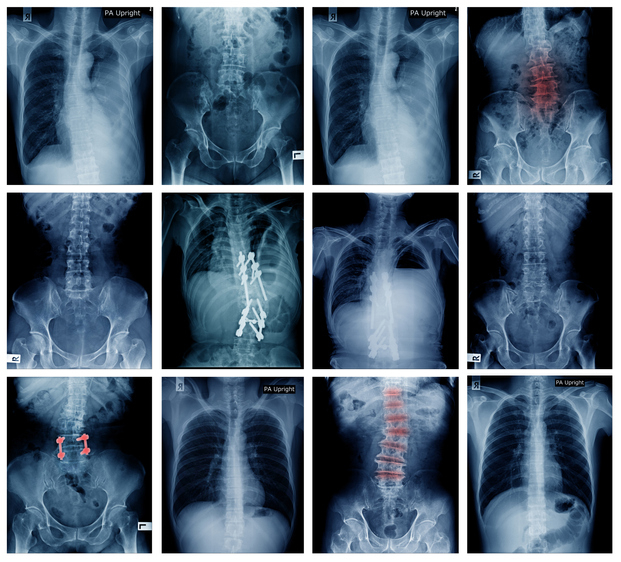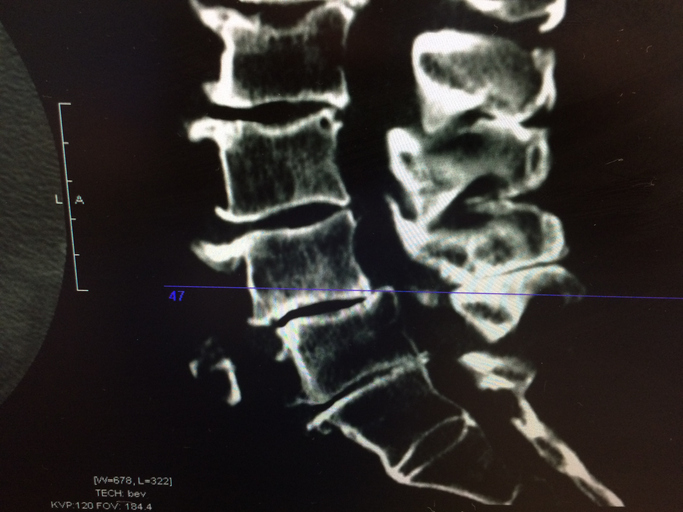Pain
Types of Spinal Stenosis

What is spinal stenosis?
Spinal stenosis is a narrowing of the spinal canal. It occurs when the bony openings within the spine (foramina) begin to narrow, placing pressure on the nerves traveling throughout the spine. This reduced nerve space can occur within the spinal cord or where the spinal nerves exit the spinal canal. Spinal stenosis most commonly affects the upper neck (cervical) and lower back (lumbar); however, although rare, the upper and middle back (thoracic) can also be affected.
Types of spinal stenosis
Spinal stenosis is classified into three main types: foraminal stenosis, central stenosis, and far lateral stenosis.
Foraminal stenosis
Foraminal stenosis, also known as lateral spinal stenosis, is the most common type of lumbar stenosis. This occurs when an arthritic facet joint or a bone spur from a degenerating disc causes compression of the nerve roots as they exit the spinal cord.
Central stenosis
Central stenosis occurs when the central canal that houses the spinal cord becomes narrow, leading to reduced blood supply to the spinal cord and compression of spinal neural elements. This results in pressure on the nerve bundle at the end of the spinal cord or compression of the thecal sac.
Far lateral stenosis
Far lateral stenosis occurs when the area to the side of the neural-foramen (an opening in the back of the spine) becomes narrow, compressing nerve roots just before they exit through the neural-foramen. An example of far lateral stenosis is when the spine nerves that form the sciatic nerve become pinched. Bone spurs from facet joints, bulging discs, herniated discs, and ligamentum hypertrophy can also cause this narrowing. Far lateral stenosis only occurs in the lumbar spine.
















